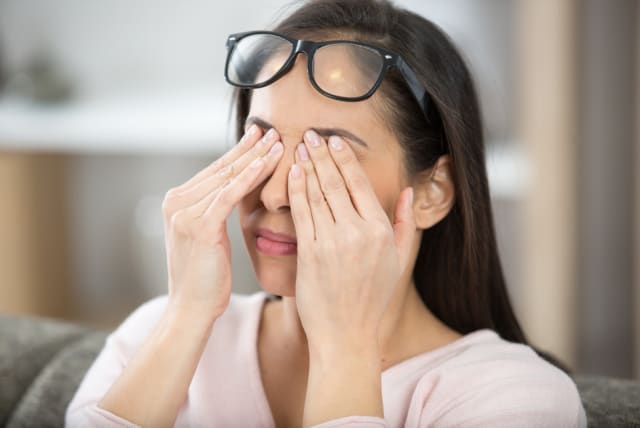Do you see different lights when you close your eyes?

Understanding the phenomenon of seeing lights and patterns with closed eyes.
When you close your eyes or find yourself in a dark room, you may sometimes perceive various patterns, swirls of colors, or even flashes of light. This visual experience, known as phosphenes, occurs when you see light without an actual source of illumination.
Katrina Schmid, an associate professor at the School of Optometry and Vision Science at Australia's Queensland University of Technology, explained in an article for The Conversation that our eyes generate weak internal signals that cancel out light instead of turning off in the dark.
These signals, produced by cells at the back of the eyes, create patterns and waves that we perceive. As Schmid noted in her article, the presence of color in these spots may be attributed to the involvement of color-detecting cells in this activity.
Understanding the lights you see when you close your eyes
Schmid further elaborates on the brain's role in interpreting these signals, writing in The Conversation: "The swirls and waves we see are made by changes in activity from these cells. The blobs may be colored because the cells in your eyes that detect color also show this activity. These signals are transmitted to the brain, and the brain interprets this random activity. Your brain doesn’t know they weren’t produced by real light, so we think we’re seeing colored lights and patterns that are not there. It’s a kind of illusion!"
Additionally, applying gentle pressure to the eyeball can induce phosphenes, although this should not be attempted without professional guidance, according to IFLScience.
In her article for The Conversation, Schmid advised caution if there are notable changes in what you see, such as increased prominence or persistence of light patterns, as this may signal an issue that should be professionally examined.
Jerusalem Post Store
`; document.getElementById("linkPremium").innerHTML = cont; var divWithLink = document.getElementById("premium-link"); if (divWithLink !== null && divWithLink !== 'undefined') { divWithLink.style.border = "solid 1px #cb0f3e"; divWithLink.style.textAlign = "center"; divWithLink.style.marginBottom = "15px"; divWithLink.style.marginTop = "15px"; divWithLink.style.width = "100%"; divWithLink.style.backgroundColor = "#122952"; divWithLink.style.color = "#ffffff"; divWithLink.style.lineHeight = "1.5"; } } (function (v, i) { });
